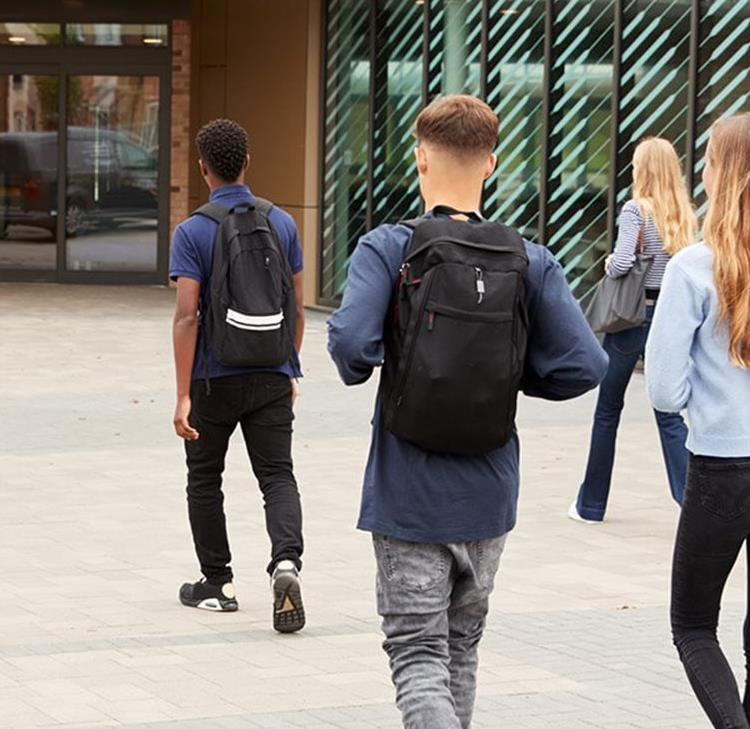Hair discrimination – stop pupils being unfairly singled-out for their appearance
The Equality and Human Rights Commission (EHCR) recently issued new, non-statutory guidance regarding the wearing of natural or protective hairstyles, specifically in reference to their representation in uniform, behaviour or standalone appearance policies.
The Equality and Human Rights Commission (EHCR) recently issued new, non-statutory guidance regarding the wearing of natural or protective hairstyles, specifically in reference to their representation in uniform, behaviour or standalone appearance policies. This guidance has been designed to complement and enhance the guidance already given on school uniform and Equality Act 2010.
The guidance aims to provide a package of resources to help schools build an inclusive environment and ensure that they are not making discriminatory policies (if they do choose to have rules on hair or hairstyles).
Indirect discrimination can happen when a school applies an apparently neutral policy or practice that puts pupils sharing a protected characteristic (for example, race) at a disadvantage compared with pupils who do not share that characteristic. Uniform and appearance policies that ban certain hairstyles, without the possibilities for exceptions to be made on racial, sex or religious grounds, are likely to be unlawful.
Impacting access to education
Research into hair-based discrimination has found that this disproportionally affects those with afro-textured hair or hairstyles, with a significant number of black pupils having experienced being sent home from schools due to them wearing their hair naturally or in protective hairstyles. Not only is this damaging in terms of well-being, but it is also impacting access to education.
Discrimination in any form, but here in relation to appearance and specifically to a child’s natural hair, can have serious and long-lasting consequences in terms of mental health and wellbeing. Schools have a duty of care to safeguard pupils and prevent discrimination and bullying, and therefore need to be safe spaces where children can be their authentic selves and be proud of their identity.
Hairstyles can fall under the protected characteristic of race
As race is a protected characteristic under the 2010 Equality Act, this means that a person must not be discriminated against because of their hair or hairstyles if it is associated with their race or religion. Hairstyles worn because of cultural, family, and social customs can be part of a pupil’s ethnic origin and therefore fall under the protected characteristic of race.
Discrimination cases have ranged from describing hairstyles as ‘inappropriate’ or ‘exotic’ through to outright bans on certain hairstyles e.g., braids, locks or natural Afro hairstyles. The ECHR has funded several cases over the years which have led to compensation and/or changes in policy. These include cases related to banning dreadlocks at a school and a pupil whose school policy stated hair must be of a ‘reasonable size’. Banning such hairstyles will likely be unlawful, indirect discrimination unless a school can show the policy is objectively justified as a proportionate means of achieving a legitimate aim.
Policies and practices
One of the ways in which schools can prevent discrimination is by reviewing their policies and practices to ensure they comply with the Equality Act 2010, as well as having due regard to the Public Sector Equality Duty.
There are a lot of things to think about when developing or reviewing a policy, and below are a few key points:
- What the aims of the rules are and what they are trying to achieve?
- Could they be achieved through other means?
- Will some groups of pupils be impacted more than others?
- How do rules effect pupils in terms of sense of identity, culture, wellbeing, and confidence?
- Has the school done an Equality Impact Assessment?
- Has the school consulted those who will be affected?
Alongside policies, schools should also ensure staff have adequate training around the need to eliminate unlawful discrimination and harassment related to hair. This will help support staff in understanding the needs of a diverse range of cultures, races and religions and act reasonably in accommodating those needs.
Support and resources
There are useful resources on the EHCR website, including a decision-making tool and videos as part of a pack of resources for school leaders.
We offer a range of policy templates and if you need any help or support with policies on uniform, appearance or want to discuss matters around preventing discrimination and your equality duties, please do get in touch.
Author

Laura Murphy
Associate
Laura.murphy@brownejacobson.com
+44 (0)115 908 4886








































